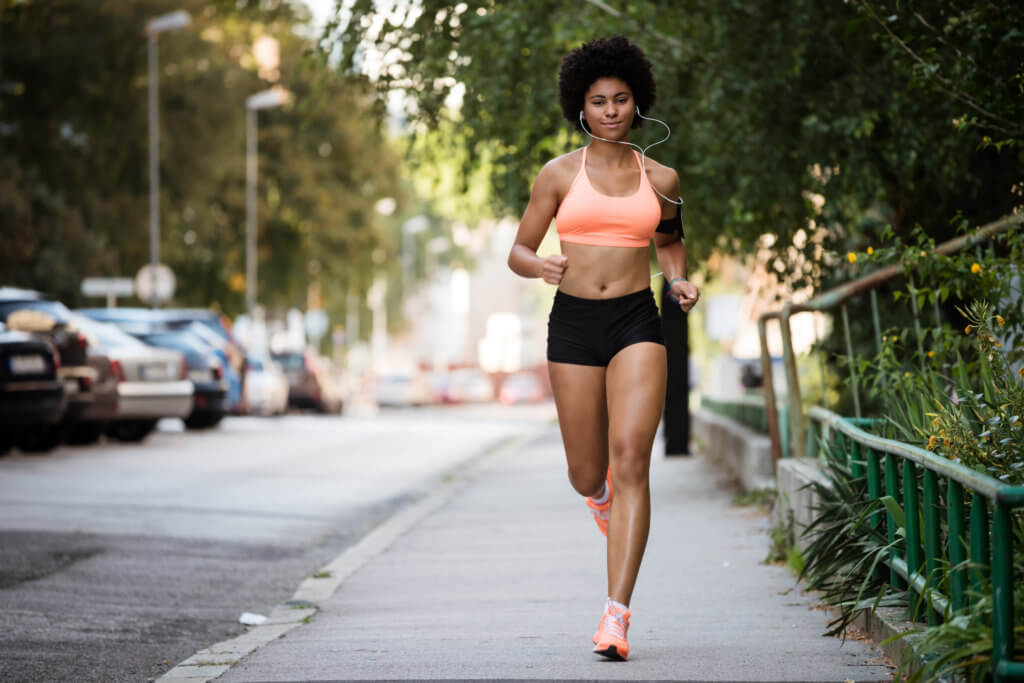
Photo by RF._.studio from Pexels
MEMPHIS, Tenn. — A well-designed sports bra can significantly improve a woman’s running time, potentially shaving off an impressive 4.2 seconds per minute, according to a recent study. For elite marathon runners, this could translate to a time reduction of around 10 minutes.
Researchers from the University of Memphis report that a properly fitted sports bra offers increased support, leading to greater knee stiffness, and allowing the lower body to bear more of the strain. Breast pain is a primary reason young women discontinue strenuous exercise after leaving school.
Dr. Douglas Powell, the study’s lead author, acknowledges that the biomechanics underlying the improved running performance with better breast support are not well understood. This study is part of ongoing research on breast support and whole-body biomechanics, with the aim of identifying strategies to reduce activity-induced breast pain for women, who constitute approximately 50 percent of the population.
In a series of treadmill experiments, researchers found a correlation between increased breast support and greater knee joint stiffness, which ranged from two to five percent. Running calculators determined that this could improve running performance by as much as seven percent, equivalent to a reduction of 4.2 seconds per minute.
Dr. Powell explains that proper breast support not only affects breast movement but also results in compensations throughout the entire body. This can lead to decreased running performance, a higher risk of injury, and the development of chronic back or chest pain.

Running benefits the heart, muscles, bones, and brain. High-quality gear, including appropriate footwear, is essential for optimal performance. A well-designed sports bra is particularly important for women, as it protects against exercise-induced breast pain, which the team notes impacts over 70 percent of women runners. It also reduces oxygen consumption and allows for greater mobility. The study, published in Frontiers in Sports and Active Living, is the first to identify the effects of breast support on biomechanics.
Study authors assessed knee stiffness, a measure of the joint’s resistance to applied force, among 12 recreational runners between the ages of 18 and 35 with B, C, or D cup breasts. They recorded the participants’ movements during three-minute running bouts while wearing high and low-support sports bras. The team also tracked the group during a control condition, where they were bare-chested. A motion capture system tracked their movements using individual retro-reflective markers placed on various body parts. The researchers employed Visual3D to calculate knee joint actions and custom software to monitor stiffness and breast displacements.
“Over the past 50 years, limited evolution in bra design has occurred. Our findings, in conjunction with previous research studies, show that sports bras should be considered not only as apparel, but also as sports equipment that can both improve performance and reduce the risk of injury, playing a role in women’s health,” Dr. Powell concludes in a media release.
Sports bras generally fall into one of two categories: compression garments that flatten the breasts or encapsulation bras that provide individual cups.
South West News Service writer Mark Waghorn contributed to this report.









